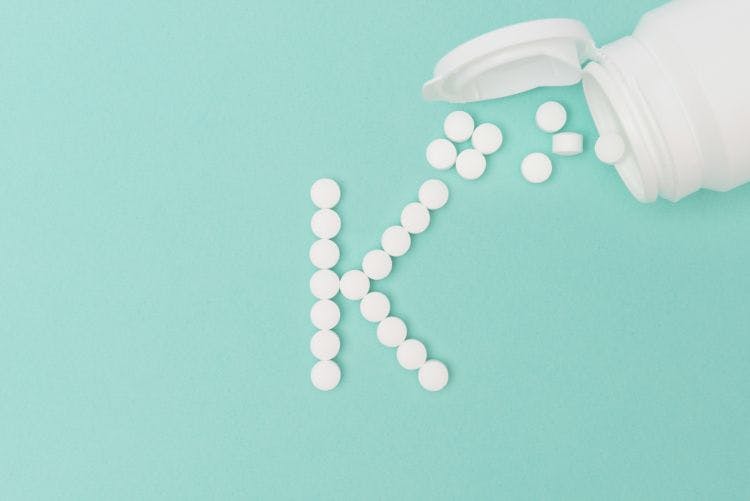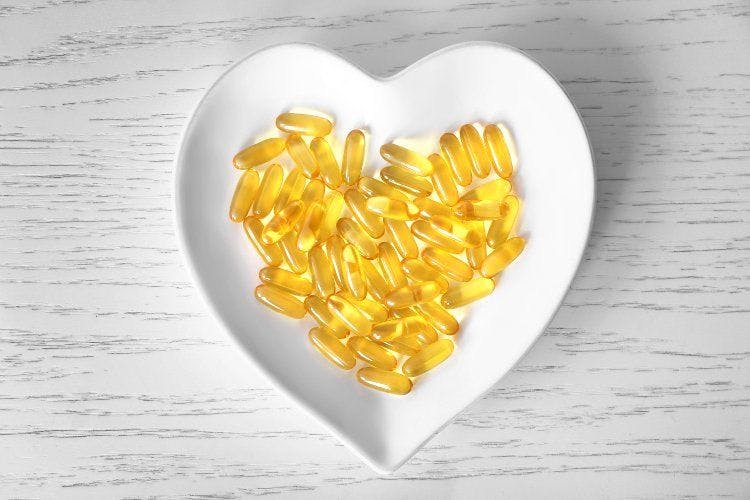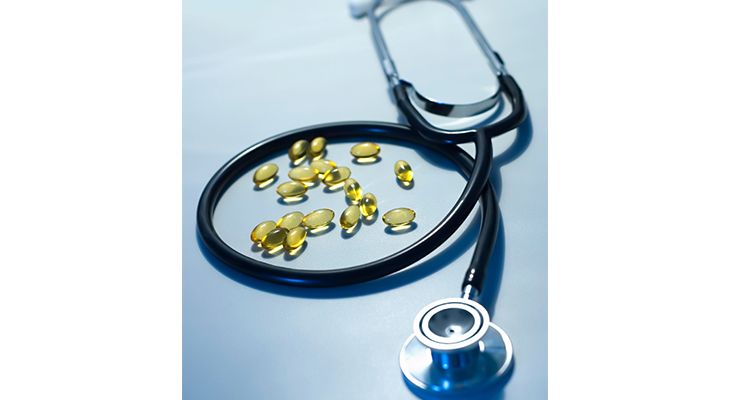Vitamin K2’s promising future
Although the public has yet fully to appreciate vitamin K2, advocates are working overtime to change that. Here’s how an official recommended daily intake (RDI) value could help.
Photo © Shutterstock.com/photographyfirm
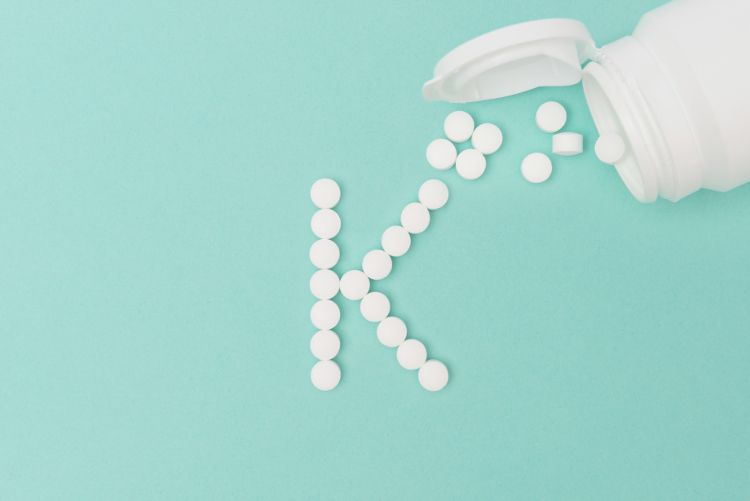
In 1929, a Danish biochemist by the name of Henrik Dam was studying cholesterol metabolism in chicks when he noticed an unusual incidence of anemia, hemorrhage, and delayed blood clotting among birds fed a fat-deprived diet. He later identified the syndrome’s cause as a deficiency in the fat-soluble vitamin that we now call vitamin K1, after the German koagulationsvitamin.
Dam, along with the American biochemist Edward A. Doisy, received the 1943 Nobel Prize in Medicine for their efforts. Two years later, however, the dentist and nutritional gadfly Weston A. Price received no such nod when he described “a new vitamin-like activator” apparently able to ameliorate everything from tooth decay to heart disease-a compound we now know to be vitamin K2.
And though nobody’s arguing that Price deserved a Nobel for bringing attention to this elusive “Activator X,” as he called it, he at least deserves some kudos. Because vitamin K2, independent of vitamin K1, is an essential factor in an equation linking it, calcium, and vitamin D3 not only to healthy teeth, but to healthy bones and vessels, as well. And though the public has yet fully to appreciate vitamin K2, advocates are working overtime to change that. Our health may depend on it.
One Letter, Many Vitamins
When Dam and Doisy first characterized vitamin K1, they had no idea that the substance they were exploring wasn’t a single vitamin, but rather a member of a vitamin family. That family includes both vitamin K1-or phylloquinone, as it’s formally known-and a group of 10 homologous menaquinone compounds collectively known as vitamin K2.
“It’s been more than 30 years that the research community has been investigating and recognizing differences between vitamins K1 and K2,” says Chris Speed, senior vice president, global sales and marketing, NattoPharma ASA (Oslo, Norway). And among the things they’ve learned is that both K1 phylloquinone and the K2 menaquinones share the structural similarity of a quinone ring.
Where their structures differ is in the side chains attached to it. On K2 menaquinones, those side chains comprise a series of linked isoprene units, with the shortest chain-four units-appearing on menaquinone 4, or MK-4, and the longest, at 13 isoprene units, appearing on MK-13.
Among commercial forms of the vitamin K2 menaquinones, MK-4 and MK-7 are the most common. But thanks to the nature of its side chain, MK-7 has a longer half-life in the body-three-plus days compared to just a few hours for MK-4-granting MK-7 greater access to tissues beyond the liver, Speed says. “So although they have the same molecular mechanism of action, vitamin K2 as MK-7 is more bioavailable than MK-4. And because of MK-4’s short half-life and poor bioavailability, it requires multiple doses per day at milligram levels versus MK-7’s microgram doses for measurable efficacy.”
Calcium Connection
Just what is this molecular mechanism of action? In short, all K vitamins are cofactors for the enzyme gamma-glutamyl carboxylase, which carboxylates-and thus activates-a number of K-dependent proteins. Two of these proteins are osteocalcin, produced in the osteoblasts and essential to depositing calcium in bone, and matrix-Gla protein (MGP), which inhibits calcium deposition in soft tissues.
Vitamin K2, and the MK-7 particularly, kicks these proteins into action. In so doing, says Jim Beakey, communications lead, Kappa Bioscience AS (Oslo, Norway), the vitamin forges its link with calcium and vitamin D3.
“Everybody knows that calcium is important for bones,” Beakey explains. “And people are starting to understand that vitamin D3 is also important for bones by pulling calcium from the intestines and into the blood, where it can go to work for bone building.” But “the missing leg of the stool,” as he calls it, is vitamin K2.
Why? Because carboxylated-that is, K2-activated-osteocalcin is necessary both for shuttling calcium into the bone matrix and for binding it there. “So for proper bone health you need calcium, vitamin D3, and vitamin K2,” Beakey concludes. “Vitamin K2’s primary role, and what it does best, is balancing or regulating calcium transport in the body.”
Heart and Bone
And the bones aren’t the only site where it does this.
Researchers have long observed a correlation between bone disease and heart disease. And one possible explanation involves vitamin K2. Consider that vitamin K2, primarily as MK-7, helps osteocalcin shunt calcium out of the blood and into the bones. But, as Beakey notes, “any additional calcium in the blood can be absorbed by the soft tissues”-arteries and blood vessels included.
When this happens, arteries and vessels harden. “They absorb the calcium and stiffen even in the absence of any sort of plaques,” he says. “But when plaques build up, they can lead to even further stiffening and reduce the diameter of the vessels. Both these forms of calcification lead to heart attacks and strokes.”
Where does vitamin K2 come in? It carboxylates, and thus activates, MGP, the vitamin K–dependent protein that binds circulating calcium and prevents it from laying down in the vessels. Both Beakey and Speed point to the Rotterdam1 and Prospect studies2,3 as convincingly demonstrating vitamin K2’s cardio-supportive effects. And, Beakey adds, “There’s another great study4 from Knapen”-conducted on NattoPharma’s MenaQ7 natural vitamin K2 MK-7-“showing that arterial stiffening can even be reversed-people can actually return to a previous state of health, which, in terms of longevity, healthy aging and wellness, is a fantastic finding.”
Good Luck Eating It
So by helping to activate osteocalcin and MGP, vitamin K2-again, MK-7 especially-keeps calcium in the bones, where we want it, and out of the vessels, where we don’t. The upshot: We should want plenty of vitamin K2 in our diets. But try though we might, it’s tough to harvest sufficient amounts from the foods most of us regularly eat.
Vitamin K2 is a product of bacterial fermentation, and the single best food source is natto, a Japanese fermented-soybean dish that one might politely describe as an “acquired taste.” Beyond that, certain fermented cheeses, dairy products, liver pate, meat, eggs, and fish also contain vitamin K2. “But for the most part,” Beakey notes, “the K2 is in the less-efficient MK forms and not the high-bioavailability MK-7. So you’d have to eat kilos of cheese and gallons of milk every day just to meet the daily requirement.”
A study5 published recently in Nutrients even examined the vitamin K2 content of cheeses and found that despite their being the best sources of long-chain menaquinones in the Western diet, they vary widely in that content-from 3 to 802 ng/g. Given the researchers’ recommendation to consume 180 to 360 µg of vitamin K2 per day, they conclude, “[Y]ou need to eat at least 225/445 g of French cheese a day (Münster) and at least two times more in case of cheese from Scandinavia” to get your K2 fill.
So how did humans evolve to need a vitamin that’s so challenging to obtain from food? “This is the big conundrum,” Beakey opines. And as a potential explanation, he points to a theory posited by the naturopath and author Kate Rhéaume-Bleue-namely, that industrial changes in food preparation and storage precipitated the current vitamin K2 deficiency.
To wit, refrigeration and chemical preservation made natural food fermentation-vitamin K2’s key generator-both less necessary and less common. The prevalence of grain-fed over grass-fed beef might also play a part. “When livestock is grazed on grasses,” Beakey explains, “their stomachs have a chance to ferment the grasses, which leads to higher levels of MK in the dairy products and meat of those animals. So maybe we used to get enough K2 from our diets, but changes in our environment and our relationship with food are creating a deficiency.”
Just Can’t Get Enough
That deficiency is widespread, with some studies showing 97% of the Western population deficient in vitamin K2, based upon food-intake surveys and evaluations of subjects’ circulating levels of activated osteocalcin and MGP. Given vitamin K2’s links to bone health, and its relationship to osteoporosis, osteopenia, and cardiovascular diseases, how serious is vitamin K2 deficiency?
“If you fall and break your hip,” Beakey says, “you may not die immediately. But the osteoporosis that led to that was the first domino to fall. And when you run through the list of cardiovascular diseases, the most lethal among them have a genesis in calcium mediation, calcification of soft tissues, and calcified plaques. Strokes, heart attacks: all come back to calcium. So if you wonder, ‘Well, why aren’t people just dropping dead from vitamin K2 deficiency?’ To some extent, they are.”
Under the Radar
Yet you wouldn’t know it from talking to consumers. For unlike probiotics, protein, and other “celebrity” nutrients, vitamin K2 flies surprisingly under their radars-surprising considering its health implications.
Beakey wagers that’s because not long after vitamin K2 emerged in the first half of the twentieth century, “it was essentially forgotten. There was little real study on it.” We had to wait until the early 1990s for glimmers of inquiry to surface in Japan, and by the early 2000s more research was in motion. “But 2007 is probably when it really started to kick in,” he continues. “The real, serious studies-clinical studies and not just epidemiological studies or studies of biomarker activation-started around 2007, and the results are just becoming apparent and publicized for the first time.”
Also stifling vitamin K2’s rise was the near nonexistence of a K2/MK-7 industry to champion its virtues. “The first synthesis of K2 on a commercial scale only happened in 2009,” Beakey says, “and companies didn’t really start rolling into the K2 space until around 2012 or so.”
Fortunately for us all, the convergence of maturing science and a growing community of vitamin K2 suppliers means that “we can finally bring this scientific and consumer education to the dietary supplements industry,” Beakey says. “And this is all happening as we speak.”
Take a Number
It’s about time it does. Yet a remaining challenge, Beakey continues, “is that K2 is a relatively expensive ingredient.” So if a multivitamin manufacturer were to include it in a formulation that already contains vitamin K1, that manufacturer would probably need some convincing to do so.
And vitamin K2’s bone and vascular arguments are nothing if not convincing. But what would strengthen them further would be an official recommended daily intake (RDI) value specific to vitamin K2. As it stands, no such RDI exists. Rather, current international vitamin K RDIs address solely the amount of vitamin K1 needed for proper blood clotting: 1 µg/kg body weight/day according to the European Food Safety Authority (EFSA), and 90 µg/day for women and 120 µg/day for men according to the U.S. FDA and Health Canada.
Moreover, these recommendations rest on median vitamin K1 intakes estimated from national surveys dating back to 2001. But “with all epidemiological and interventional studies showing that only K2 is cardio-protective or has a beneficial effect on arteries,” Speed says, it may be time to calculate new requirements that account for the benefits of menaquinones, too.
NattoPharma has embarked on just such a project to establish a much-needed RDI for vitamin K2. As Speed explains, “The program will begin with a team of researchers at Maastricht University, in the Netherlands, which has already led the way to discovering and validating the health benefits of vitamin K2, guided by Dr. Leon Schurgers, professor of biochemistry of vascular calcification at Cardiovascular Research Institute at Maastricht University, or CARIM.”
Joining Schurgers’s team will be the International Science and Health Foundation (ISHF), a research consortium that directs the educational portal VitaminK2.org, and a group of PhD students-sponsored by NattoPharma-who will work to understand the RDI values that FDA, Health Canada, and EFSA have already set. These students will then produce a comprehensive literature review of K2’s bone and cardiovascular benefits to support the argument in favor of updating the RDIs.
The effort could go a long way not only toward advancing vitamin K2 science, but toward improving public health, too. “It’s imperative for global human health that a vitamin K2 RDI be established,” Speed says. “An established RDI will help consumers best select the supplements to meet their health needs, while also giving clear guidance to companies seeking to make the most effective supplements.”
And it’ll put the vitamin on the radar, where it belongs. Then again, for some consumers vitamin K2 may already be on their radar. “In one recent study, half of those we reached out to on a general supplements panel were aware of K2 and were interested in it,” Beakey says. “And studies on product concepts and even actual market data demonstrate that products with K2 for bone health or heart health actually outperform identical products that don’t include K2: purchase intent, uniqueness scores, concepts tests, and actual on-the-ground sales in places where comparisons can be made.”
And this, Beakey concludes, is “the elegant solution and promise of K2. It’s one of those nutrients that could have a fundamental change on populations’ and individuals’ health, wellness, and longevity. It’s such a simple thing. We’re not talking about an exotic root from the jungle. It’s an essential vitamin. And they don’t make those every day.”
References:
- Geleijnse JM et al. “Dietary intake of menaquinone is associated with a reduced risk of coronary heart disease.” Journal of Nutrition, vol. 134, no. 11 (November 2004): 3100-3105
- Beulens JW et al. “High dietary menaquinone intake is associated with reduced coronary calcification.” Atherosclerosis, vol. 203, no. 2 (April 2009): 489-493
- Gast GC et al. “A high menaquinone intake reduces the incidence of coronary heart disease.” Nutrition, Metabolism & Cardiovascular Diseases, vol. 19, no. 7 (September 2009): 504-510
- Knapen MHJ et al. “Menaquinone-7 supplementation improves arterial stiffness in healthy postmenopausal women. A double-blind randomised clinical trial.” Thrombosis and Haemostasis, vol. 113, no. 5 (May 2015): 1135-1144
- Vermeer C et al. “Menaquinone content of cheese.” Nutrients, vol. 10, no. 4 (April 4, 2018), pii: E446.
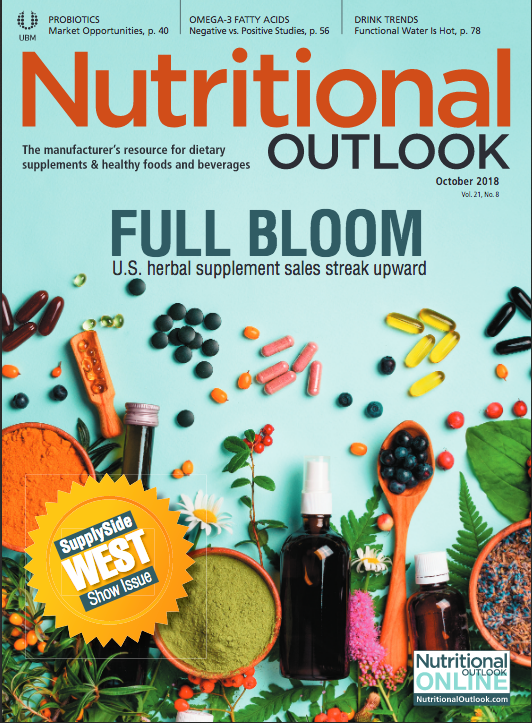
Prinova acquires Aplinova to further increase its footprint in Latin America
April 7th 2025Prinova has recently announced the acquisition of Brazilian ingredients distributor Aplinova, which is a provider of specialty ingredients for a range of market segments that include food, beverage, supplements, and personal care.



